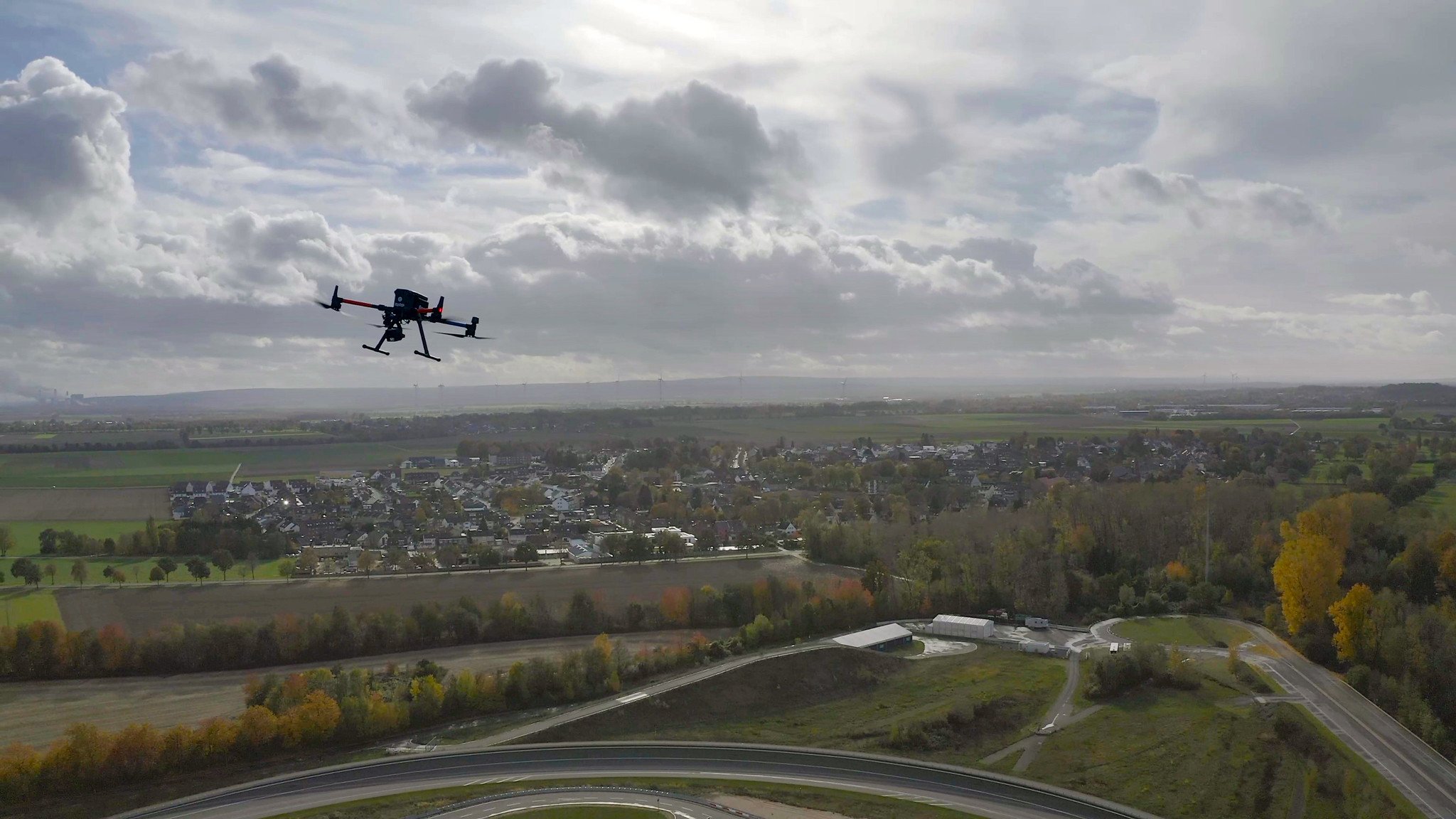
Vodafone and Ericsson are creating “sky corridors” which enable drones to travel safely and quickly.
Today’s drones are predominately used for photography, videography, and just recreational purposes. However, drones will increasingly be used for critical applications such as delivering vital medical supplies and organs.
Erik Ekudden, Senior Vice President, CTO and Head of Group Function Technology at Ericsson, said:
“Drones are immensely powerful tools for many businesses and we are only scratching the surface of the possibilities they open up, which makes our collaboration with Vodafone all the more exciting.
Smarter network capabilities on our reliable mobile network will enable key industries such as healthcare, construction, and agriculture to accelerate site deployment, reduce health and safety hazards, and help save lives.”
Drones have been largely held back by confusing regulations, unreliable connectivity, and reckless flying that’s endangered aircraft and grounded planes.
The sky corridors being tested by Vodafone and Ericsson will help to overcome the hurdles which have hindered drones and enable them to reach their full potential.
By creating specific paths, it can be assured that drones do not interfere with other aircraft and/or endanger others. Furthermore, connectivity along these paths can be guaranteed to prevent any ‘not-spots’ of coverage leading to uncontrollable drones. Regulators are more likely to welcome drones with such guarantees.
The team generated coverage maps of where drones can fly while retaining good connectivity in the air. Anonymised information from mobile users was also used to help drones avoid congested areas.
Johan Wibergh, CTO of Vodafone Group, commented:
“The mobile network is a data-rich asset that can be responsibly and securely utilised to aid society. We are evolving our software-driven, intelligent network into a powerful platform that can deliver new digital services. The responsible use of drones is just one such example but there will be many more.”
The crucial data about in-air coverage and on-ground congestion can be provided to trusted third-parties via APIs which enables them to quickly plot a safe path for a drone that maintains constant communication with the control centre.
“APIs will speed up the adoption of drones for commercial and public sector use, bringing many benefits such as being able to assess fires, deliver medical supplies, and help businesses survey hazardous conditions like construction sites, power lines and our own mobile masts, quicker and more safely,” adds Wibergh.
In one test, Vodafone in Spain used a drone over 5G to fly a defibrillator to the scene of a cardiac arrest patient.
Vodafone says that cellular-connected drones form part of the company’s multi-year journey to redefine its technology architecture on a ‘Telco as a Service’ (‘TaaS’) model, based on platforms that deliver new software, video, and data applications at scale.
Interested in hearing industry leaders discuss subjects like this? Attend the co-located 5G Expo, IoT Tech Expo, Blockchain Expo, AI & Big Data Expo, and Cyber Security & Cloud Expo World Series with upcoming events in Silicon Valley, London, and Amsterdam.






